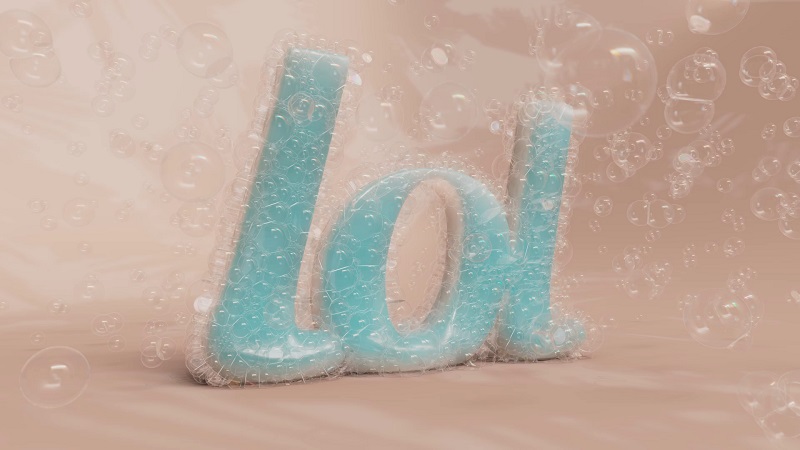| On this page |
Whitewater in SOPs ¶
The new SOP-based whitewater system is an enhancement to the SOP FLIP fluids, introduced in Houdini 19.5. This system is scale-independent and lets you control the physical amount of whitewater without having to consider particle counts. You can now work at low resolutions to find working settings, and reuse the values for a high-res pass. The SOP whitewater system supports the simultaneous creation of foam, spray, and bubbles.

-
A new
Whitewater Source SOP takes surface and velocity fields as inputs to create an emission field and spawn whitewater particles. Parameters like Curvature and Acceleration let you precisely determine where the whitewater should appear.
-
A new
Whitewater Solver SOP simulates physically correct spray, foam, and bubbles from an input emission field. Whitewater can be influenced through forces and velocity noise to achieve controllably-realistic fluid-like behavior. A versatile management for neighbor and repellent particles provides a wide range of parameters for believable foam. You can also adjust different aging rates for bubbles, foam, and spray.
-
A new
Whitewater Post Process SOP prepares the whitewater simulation for rendering. This node allows you to transform the output of the
Whitewater Solver after the simulation. More specifically, redefining the
pscaleanddensityattributes is possible based on other attributes such asage,depthanddistanceto the container. You can also flatten the edges of the simulation to smoothly transition outside of the region of interest area. This node can output the modified particles, a fog volume along with a velocity field, or a mesh representation of the whitewater simulation, which can be rendered as a uniform volume.

Other improvements ¶
-
A new
FLIP Volume Combine SOP allows you to combine FLIP fields of different resolutions. You can blend the fields (
surface,vel, andpressure) resulting from two FLIP simulations of different resolutions into a single set of fields. This is particularly useful when using the FLIP up-res workflow, where a subdomain of the low-resolution simulation is re-simulated at a higher resolution. -
New Use Multigrid Preconditioner for Pressure Projection parameter for pressure projection on the FLIP Solver SOP, FLIP Solver DOP and Gas Project Non Divergent Variational DOP replaces Solver Pressure with Adaptivity as the default option. This method is much more efficient as it greatly reduces the number of iterations required to converge. However, it can’t be used with Air Incompressibility or distributed DOP simulations.
-
New Keep Pressure parameter on the Fluid Compress SOP that allows you to maintain the pressure volume from SOP-based FLIP fluids and convert it to VDB.
-
Remesh Bubbles SOP generates a foam bubble mesh structure on point clouds with a
pscaleattribute, ensuring that the bubbles do not intersect, but rather push against each other. This tool is ideal to create bubbles for small scale fluid simulations, such as pouring coffee in a mug.
Download the file on the Content Library to see how to use the Remesh Bubble SOP and make a bubble shader in XPU.